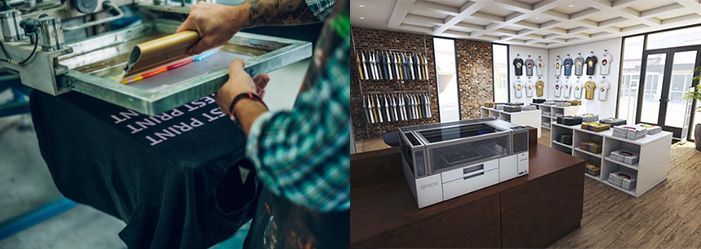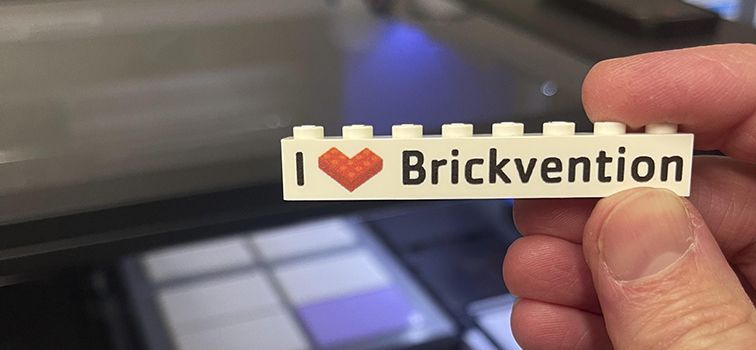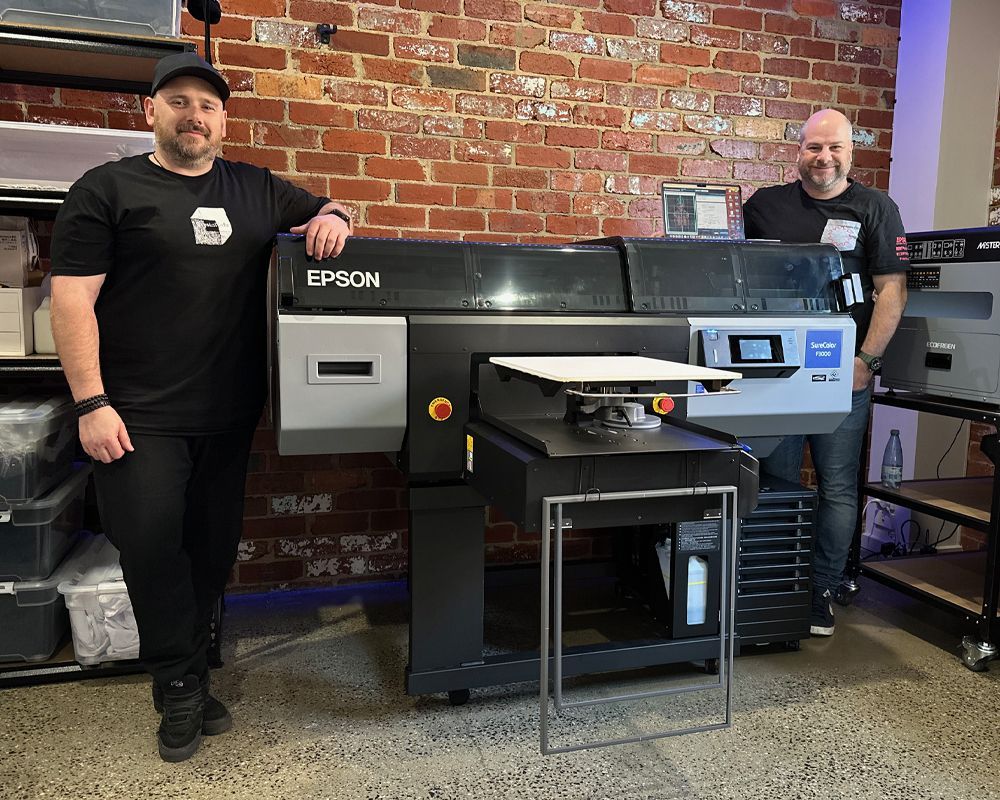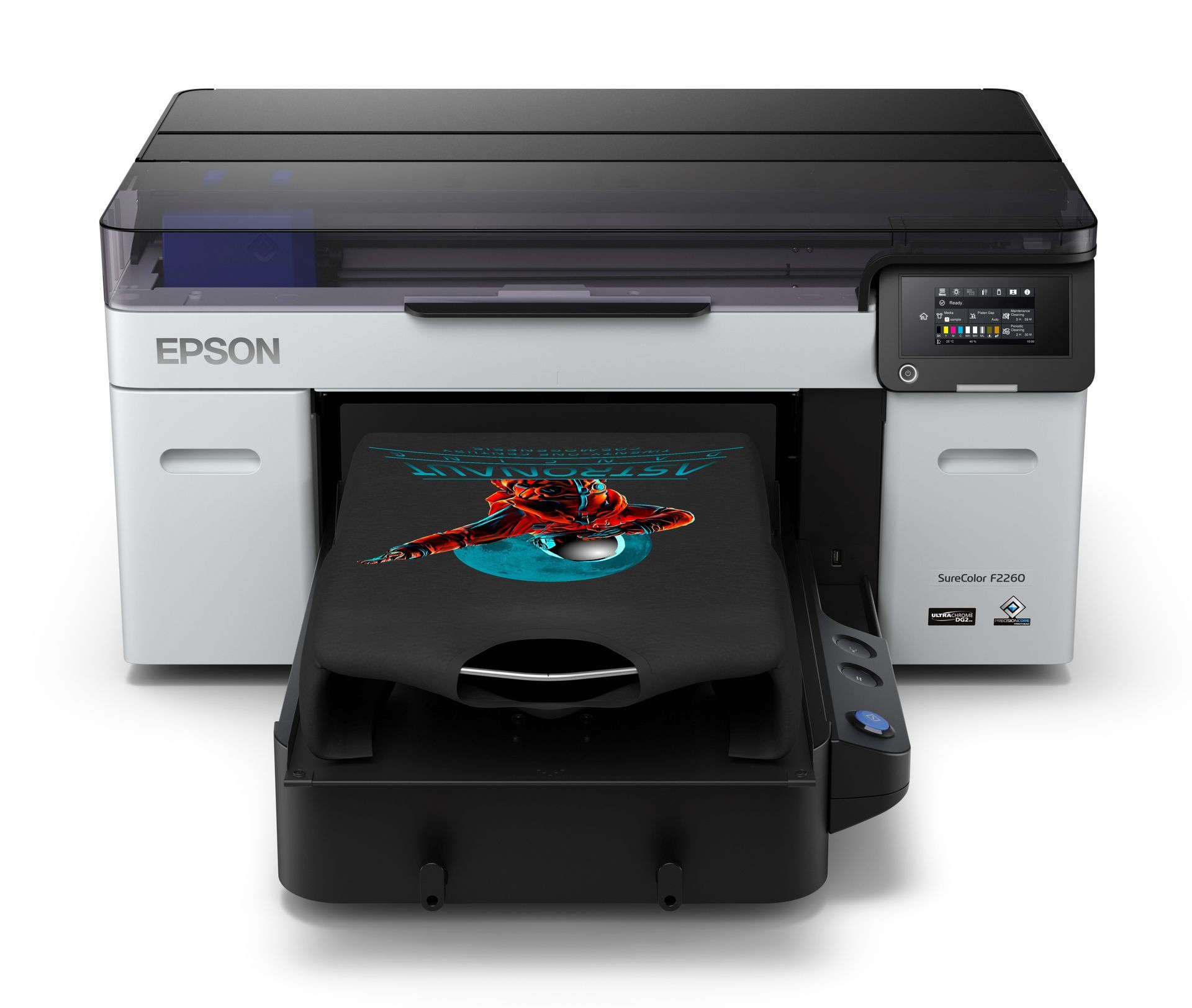Evolution of T-Shirt Printing: A Fashion Staple Transformed

T-shirts have been a staple of fashion and self-expression for decades, and the art of printing designs onto them has evolved significantly over time. From the traditional method of screen printing to the innovative technology of Direct-to-Garment (DTG) printing, the t-shirt printing industry has undergone a remarkable transformation. Let’s explore the fascinating journey of this evolution and the impact it has had on the fashion world.
The Rise of Screen Printing:
Screen printing, also known as silkscreen printing, emerged as the dominant method for printing designs on t-shirts in the mid-20th century. This technique involves creating a stencil, known as a screen, and using it to apply layers of ink onto the fabric. Screen printing offered versatility, allowing for vibrant colours and intricate designs to be reproduced with precision. It became the go-to method for mass-producing t-shirts and revolutionized the apparel industry.
Challenges and Limitations:
While screen printing was highly effective for large-scale production, it had its limitations. Each colour in a design required a separate screen, making multi-colour designs complex and time-consuming to produce. Additionally, screen printing was not cost-effective for small batches of t-shirts, limiting its accessibility to independent designers and small businesses.
The Advent of DTG Printing:
In the late 20th century, technological advancements led to the development of Direct-to-Garment (DTG) printing, revolutionizing the t-shirt printing industry once again. DTG printing utilizes ink jet technology to print designs directly onto the fabric of a t-shirt, eliminating the need for screens and stencils. This process allows for highly detailed designs, smooth gradients, and unlimited colour options, making it ideal for small batch production and custom orders.
Advantages of DTG Printing:
DTG printing offers several advantages over traditional screen printing. Firstly, it enables on-demand printing, allowing businesses to fulfil orders quickly and efficiently. This flexibility is particularly beneficial for e-commerce retailers and custom apparel companies. Additionally, DTG printing produces minimal waste compared to screen printing, making it a more environmentally friendly option. Furthermore, DTG printers are capable of printing intricate designs with fine details, giving designers unparalleled creative freedom.
The Future of T-Shirt Printing:
As technology continues to advance, the future of t-shirt printing looks promising. Innovations such as sustainable ink formulations, faster printing speeds, and enhanced colour accuracy are driving the industry forward. Additionally, developments in automation and robotics are streamlining the production process, further improving efficiency and reducing costs.
Conclusion:
The evolution of t-shirt printing from screen printing to DTG represents a remarkable journey of innovation and progress. While screen printing remains a popular choice for large-scale production, DTG printing has democratized the industry, allowing independent designers and small businesses to thrive. As technology continues to evolve, the possibilities for t-shirt printing are endless, promising an exciting future for the world of fashion and customization.



